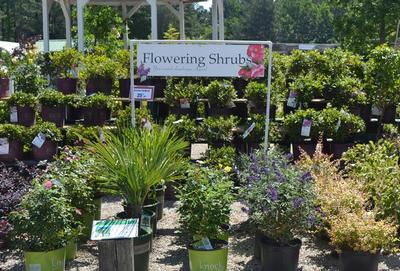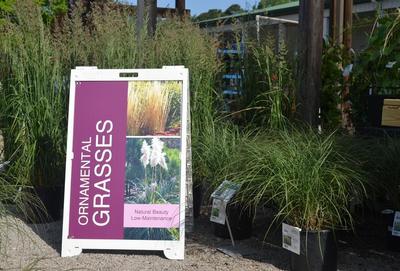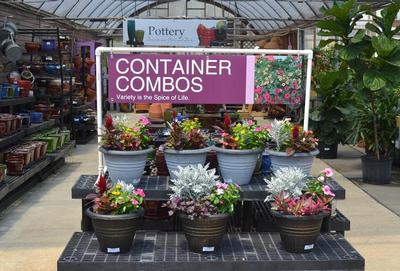Quick Tips on Using Color in the Garden
Quick-Tips-Color-in-the-Garden
When planning a garden, think of it as a painting; some colors dominate and are spread with broad brush strokes here, while other colors will give depth and dimension with small dabs here and there.
- To brighten shady areas use light-colored annuals such as white, light pink or palest blues. Dark colors tend to get “lost” in shady areas. You can still use deep colors in a shady area, but be sure to use lighter colors around or behind them to provide contrast so that they can stand out.
- For maximum effect, think about how the colors of plants will blend or contrast with their surroundings. For example, deep red geraniums or red salvia planted against a red brick or redwood fence will not stand out as well as white or pink geraniums. Use dramatic colors such as purple or magenta against a white or light-color background, and something lighter, such as peach or pink against darker surfaces.
- Just as interior decorators use three or four colors as a theme throughout a home, exterior decorators can do the same. Theme colors used with repetition will unify different garden areas. For example, bordering all your garden plots with a row of yellow marigolds or creamy petunias can tie different garden areas together for a unified look.
- Just as each indoor room should have a focal point, so should each area of your garden. If there isn’t a natural focal point such as a pool of water or garden statuary, color can create one. Instead of long, uninterrupted rows of flowers, create a focal point by planting a mass of one color in the center of a bed and then surround it with flowers or plants that contrast in color, texture or height.
- Colors affect our emotions. Bright colors such as red and yellow excite and make us feel warm. Colors such as blue, lavender, green, pink and peach are considered cooler and calmer. For an area where you want to create a feeling of warmth and excitement, choose stronger colors such as yellow marigolds and scarlet dianthus. For a relaxing mood, choose cool, soft colors such as rose-pink pansies with blue violas.
- Dramatic color combinations can give your garden beds a distinctive look. Instead of something as ordinary as red and white, consider orange and blue (direct complements on the color wheel), or light pink and green.





